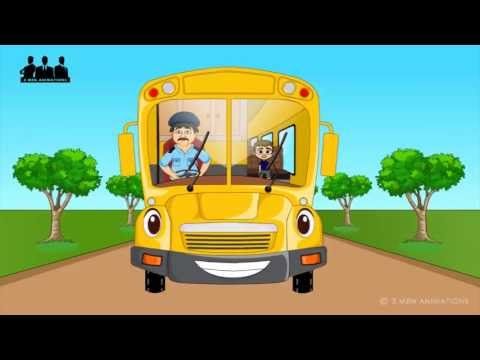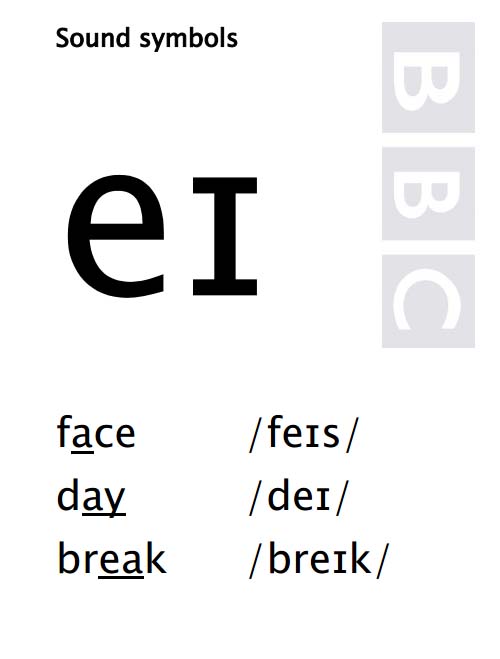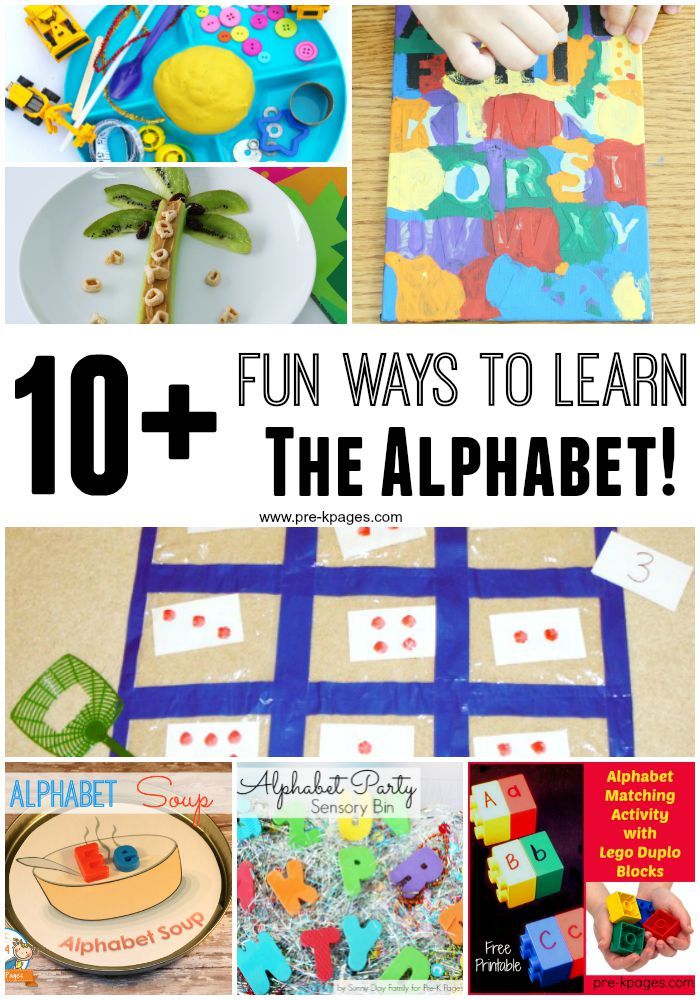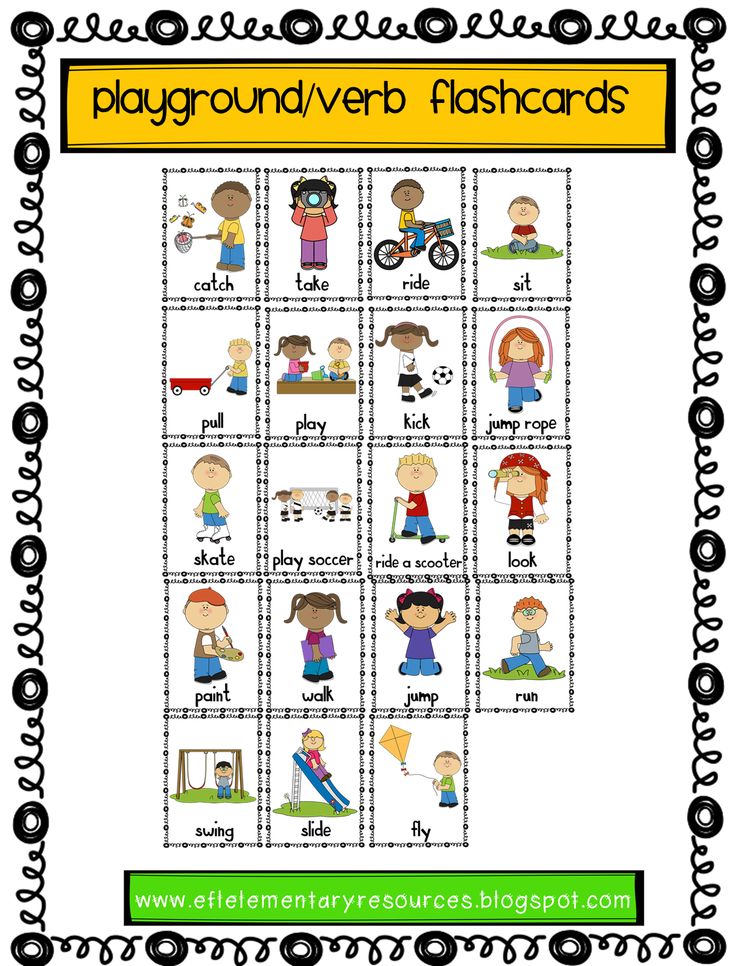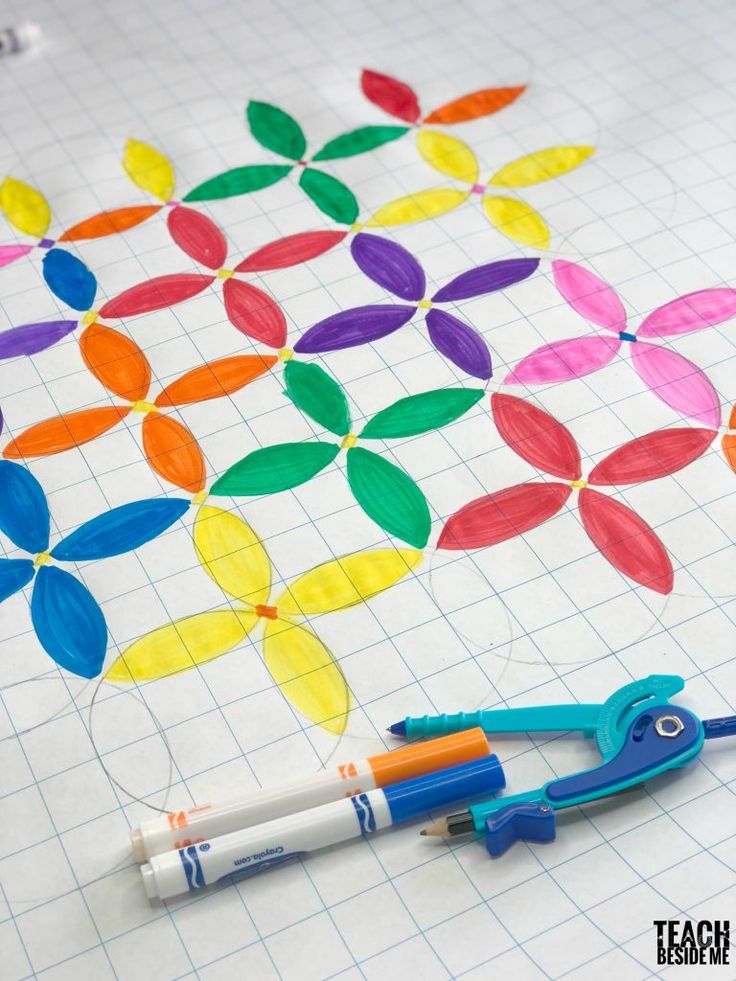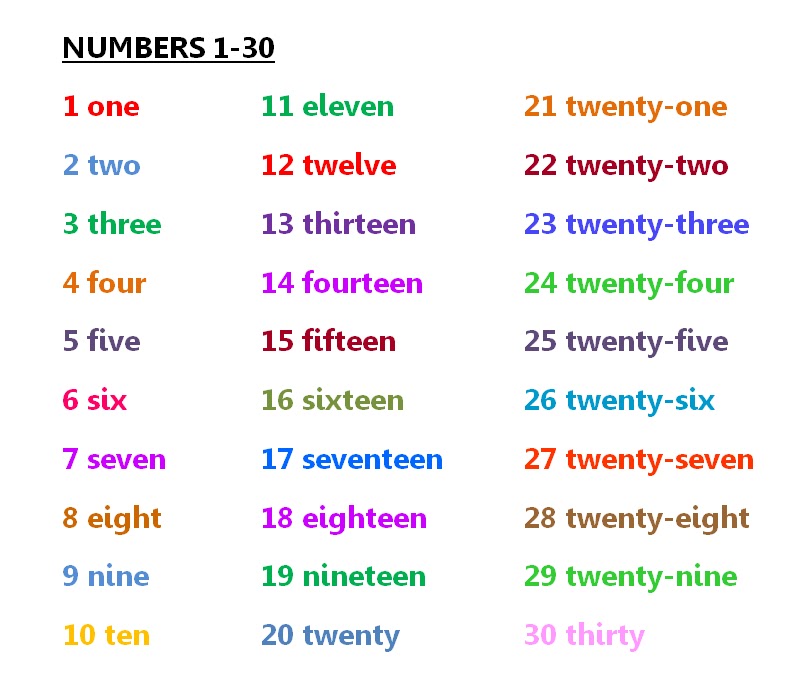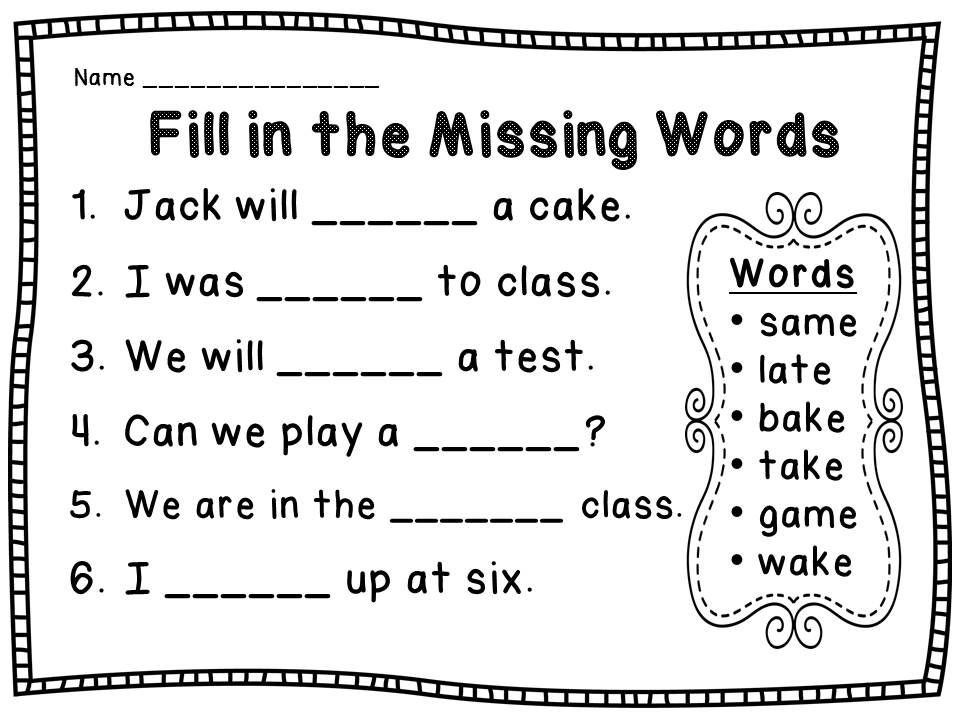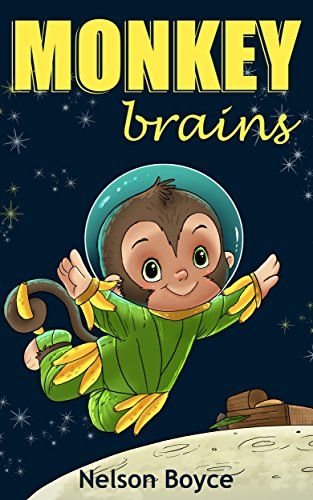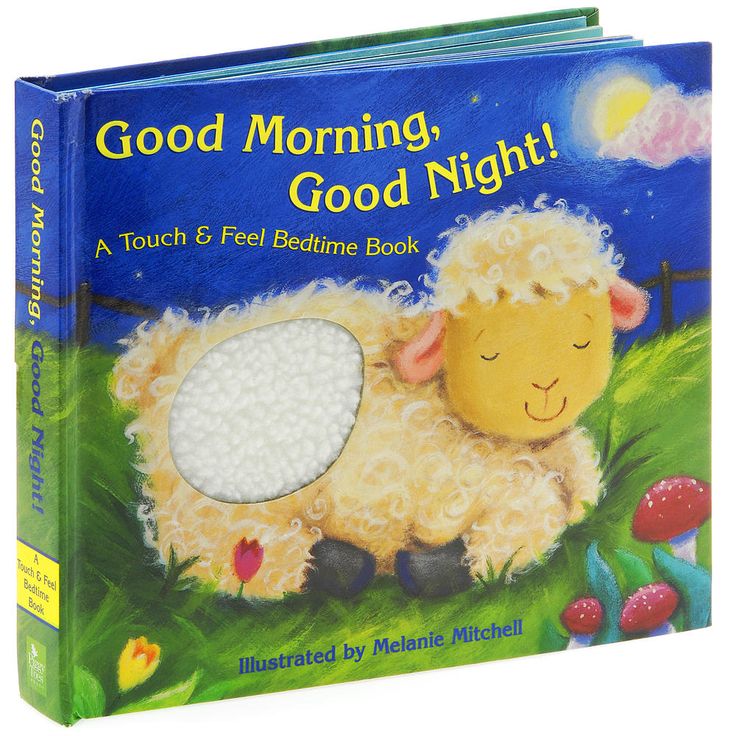Wheels of bus go round
The Wheels On The Bus Go Round and Round (Giant Paperback)
Add to Cart
Quick view
Itsy Bitsy Spider (Giant Paperback)
Classic Books With Holes
Retail Price: $19.99
Your Price: Now: $5.95
CLASSIC BOOKS WITH HOLES (17 X 17 X .3 INCHES) Bouncy illustrations, innovative die cutting and popular rhymes make Books with Holes a must for every child. Children develop an interest in...
FF026-23D*
Add to Cart
Quick view
Ten Little Monkeys Jumping on the Bed ( Giant Paperback)
Classic Books With Holes
Retail Price: $19.99
Your Price: Now: $6. 50
CLASSIC BOOKS WITH HOLES (17 X 17 X .3 INCHES) All children love this traditional rhyme and singing along will help to develop number skills. Bouncy illustrations, innovative die cutting and popular...
FF024-38D*
Add to Cart
Quick view
Down by the Station (Giant Paperback)
Classic Books With Holes
Retail Price: $19.99
Your Price: Now: $6.50
CLASSIC BOOKS WITH HOLES (17 x 17 x .3 inches) Children develop an interest in reading and a knowledge about words and grammar when they listen to traditional rhymes, action songs and stories that...
FF102-31D*
Add to Cart
Quick view
Classic Books with Holes: Child's Play Set of 4 (17 x 17 x .
 3 inches)
3 inches) Classic Books With Holes
Retail Price: $79.96
Your Price: Now: $23.40
Classic Books with Holes (17 x 17 x .3 inches) Children develop an interest in reading and a knowledge about words and grammar when they listen to traditional rhymes, action songs and stories that...
SET 459-02C*
Add to Cart
Quick view
One Elephant Went Out to Play (Giant Paperback)
Child's Play
Retail Price: $19.99
Your Price: Now: $6.50
CLASSIC BOOKS WITH HOLES (17 X 17 X .3 INCHES)
Just how many elephants can a spider's web hold? It's certainly not built for bouncing! Add another elephant as you turn each page to find.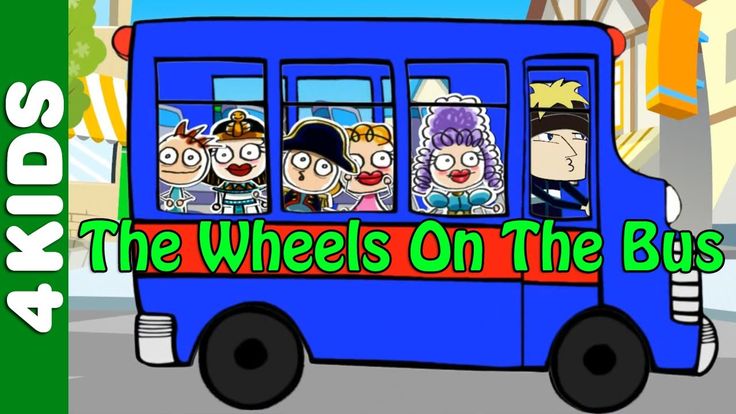 ..
..
FF104-37D*
Add to Cart
Quick view
Down in the Jungle (Giant Paperback)
Classic Books With Holes
Retail Price: $19.99
Your Price: Now: $6.50
CLASSIC BOOKS WITH HOLES (17 X 17 X .3 INCHES) Down in the jungle where nobody goes, there is something very exciting going on! If you are very quiet, you will see lots of very busy animals...
FF105-37C*
Add to Cart
Quick view
The Wheels on the Bus: Hands-On Songs (Board Book)
Child's Play
Retail Price: $4.99
Your Price: Now: $3. 25
25
Children are able to communicate by signing before they develop the skills necessary for speech. By teaching simple sign language to children from as young as eight months, we can help them to convey...
FF008-46B*
Add to Cart
Quick view
The Night Before Preschool (Paperback)
The Night Before (Natasha Wing)
Retail Price: $4.99
Your Price: Now: $3.35
It's the night before preschool, and a little boy named Billy is so nervous he can't fall asleep. The friends he makes the next day at school give him a reason not to sleep the next night, either:...
BBW42-98D*
The Wheels on the Bus Go Round and Round Nursery Rhyme – Nursery Rhyme Central
The Wheels on the Bus go round and round is one of the most famous nursery rhymes. That it is a beloved nursery rhyme isn’t debatable. And all this love is thanks to the relatable lyrics that teach children different lessons.
That it is a beloved nursery rhyme isn’t debatable. And all this love is thanks to the relatable lyrics that teach children different lessons.
Let’s look at everything from the origin of the famous rhyme to the lyrics.
What Are the Lyrics for The Wheels on The Bus?
Some lyrics change the All Day Long to All Through the Town – and neither is wrong to sing – just your choice and preference!
Modern Day Lyrics
The wheels on the bus go round and round
Round and round
Round and round
The wheels on the bus go round and round
All Day Long
The doors on the bus go open and shut
Open and shut
Open and shut
The doors on the door go open and shut
All Day Long
The wipers on the bus go, “Swish, swish, swish”
“Swish, swish, swish,”
“Swish, swish, swish,”
The wipers on the bus go, “Swish, swish, swish”
All Day Long
The signals on the bus go blink, blink, blink
Blink, blink, blink
Blink, blink, blink
The signals on the bus go blink, blink, blink
All Day Long
The horn on the bus goes, “Beep, beep, beep. ”
”
“Beep, beep, beep.”
“Beep, beep, beep.”
The horn on the bus goes, “Beep, beep, beep.”
All Day Long
The motor on the bus goes vroom, vroom, vroom
Vroom, vroom, vroom
Vroom, vroom, vroom
The motor on the bus goes vroom, vroom, vroom
All through the town
The people on the bus go up and down
Up and down
Up and down
The people on the bus go up and down
All Day Long
The baby on the bus goes, “Wah, Wah, Wah”
“Wah, Wah, Wah,”
“Wah, Wah, Wah,”
The baby on the bus goes, “Wah, Wah, Wah”
All through the town
The mommies on the bus go, “Shh, shh, shh”
“Shh, shh, shh”
“Shh, shh, shh”
The daddies on the bus go, “Shh, shh, shh”
All Day Long
The daddies on the bus say, ” I love you”
” I love you “
” I love you “
The daddies on the bus go, ” I love you “
All Day Long
The wheels on the bus go round and round
Round and round
Round and round
The wheels on the bus go round and round
All Day Long
Some versions will interchange the order of the verses – and basically when singing it from memory – you just sing it in the order of what you can remember it really doesn’t matter!
You can also add in your own ideas and verses which is why the song is so loved as well!
Alternate Versions of the Wheels on the Bus
Some ideas for different verses and lines are:
The doors on the bus go open and shut.
The bell on the bus goes ding-ding-ding.
The lady on the bus says, “Get off my feet”…
The people on the bus say, “We had a nice ride”…
“Your name” on the bus says Let Me Off!
The Grandma on the Bus goes (kiss, kiss, kiss)
The Grandpa on the Bus goes (snore, snore, snore)
Librarians on the Bus go shh, shh, shh,
shh, shh, shh,
shh, shh, shh,
Librarians on the Bus go shh, shh, shh,
Mummy and daddy on the bus says, I love you,
Policeman on the Bus, goes allo, allo allo,
Grannies on the Bus shake their heads,
Grannies on the Bus knit, knit, knit,
Dentists on the Bus say open wide,
Brakes on the Bus, go screech, screech, screech,
Doors on the Bus go open and shut,
Friends on the Bus say, how are you?
Money on the Bus goes clink, clink, clink,
Teenagers on the Bus go like OMG,
Animal Verses
You can also include animals in the songs to teach the children animal sounds. There are no limits to what you can add to the song as long as you don’t lose the tune!
There are no limits to what you can add to the song as long as you don’t lose the tune!
Dogs on the Bus go woof, woof, woof,
Cats on the Bus go meow, meow, meow,
Mice on the Bus go squeak, squeak, squeak,
Chickens on the Bus go cluck, cluck, cluck,
Ducks on the Bus go quack, quack, quack,
Turkeys on the Bus go gobble, gobble, gobble,
Parrots on the Bus say, Who’s a pretty boy?
Sheep on the bus go baa, baa, baa,
Cows on the Bus go moo, moo, moo,
Pigs on the bus go oink, oink, oink,
Horses on the Bus go neigh, neigh, neigh,
Cockroaches on the Bus go skitter, skitter, skitter,
Tired of singing The Wheels on The Bus the traditional way? Perhaps it’s time to spice it up with the alternate versions above. Having seen the modern lyrics, let’s now see how the original lyrics were.
Full Original LyricsWe refer to the first lyrics of the song ever published when speaking of the original lyrics. The lyrics aren’t what you see in the rhyme today and, of course, don’t follow the same melody we use today.
The lyrics aren’t what you see in the rhyme today and, of course, don’t follow the same melody we use today.
Here are the lyrics as first written in a December 1939 issue of American Childhood:
The wheels of the bus go round and round,
Round and round, round and round;
The wheels of the bus go round and round,
Over the city streets.
The horn of the bus goes “Too-to-too,
“Too-to-too, too-to-too,”
the horn of the bus goes “Too-to-too”
At the other buses, it meets.
The people in the bus go up and down,
Up and down,
up and down;
The people in the bus go up and down,
Bouncing off their seats.
As you can see, the original version differs from what we sing today. There is no all day long or all through the town refrain. Instead, the last line describes the events in the whole verse.
WHAT IS THE HISTORY BEHIND THE WHEELS ON THE BUS?The Wheels on the Bus is an American folk song initially known as the bus first appeared in print in the December 1939 issue of American Childhood.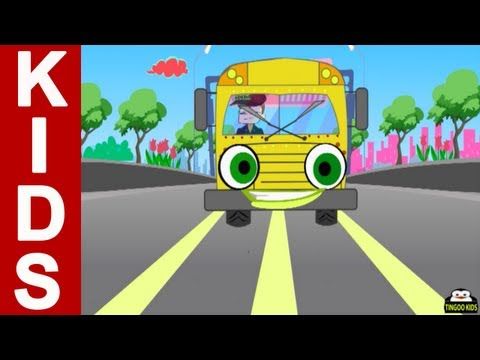
It is popular in most English-speaking countries for several reasons the first being it keeps children entertained over longer periods of time than most rhymes because you can continue to add on verses as you come up with ideas. And secondly, you can change the song to relate to different themes and things which can be helpful when teaching children.
Who Wrote the Wheels on The Bus Nursery Rhyme?
Like all other nursery rhymes, the Wheels on the Bus is an old rhyme. It was first published in 1939 in a December issue of American Childhood, under the name of Verna Hills, who lived between 1898 and 1990. But whether she actually created the song herself or whether she just recorded the words for print from the oral versions heard in not known.
Little is known about the writer Verna Hills apart from her birth and year of death. That’s an entirely common thing for many nursery rhymes written in the early or late 19th century.
Why was The Wheels on the Bus written?
This nursery rhyme was intended to be sung by children while on the bus, possibly to while away the time as they went to school – although sung today on any type of journey and even when not on a bus but in a classroom or at home. We can therefore assume that it doesn’t have any other special meaning other than being a simple song, that was easy to follow and learn to make kids happy as they went to school.
We can therefore assume that it doesn’t have any other special meaning other than being a simple song, that was easy to follow and learn to make kids happy as they went to school.
Back when school buses had only just become a thing, children would spend a lot of time riding to school as the bus picked up children through the town. There were less busses then, and children had to contend with longer bus trips – although I would say many sit on school busses for quite some time even today!
That could be one reason the song was created – to keep the children on school bus trips entertained.
WHAT DO THE WORDS MEAN? DEFINITIONS AND LESSONS FROM THE SONG
What Do Swish and Vroom Mean?
Swish, in this context, refers to the sound the wipers make as they wipe the bus’s windscreen.
Meanwhile, vroom is the sound of the bus’s engine as it moves through town.
What Does This Song Teach Children?
Besides the apparent lessons such as interpersonal skills and teaching your child to speak this song can teach children about so many things which is why it is a preschool favorite.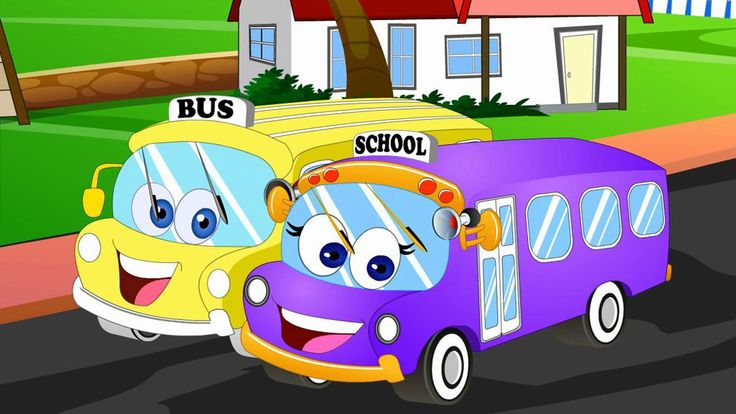
In the first place, it can teach a child the names of a bus’s sounds and features. Features such as wheels, wipers, and doors and their sounds which are things that children might not know.
Also, the Wheels on The Bus Rhyme can teach a child about the purpose of a bus – that there is a driver, you pay for a ticket, and there are a variety of people who use a bus. It helps develop the concept of transportation.
Then of course, if you change the words to animals for example you can explore in a fun way all the animals that live on a farm or in the ocean or a jungle and the noises they make or how they move!
Lastly, it is very easy to add actions to this song which then helps to develop children’s motor skills and the development of the neural pathways for movement and coordination. When saying the wheels go round and round, you can make round actions with your arms, your can swish them like windscreen wipers, pretend to beep the horn, bounce up and down in your chair or wipe your eyes like a crying baby.
Is The Wheels on the Bus in the Public Domain?
Most people believe that The wheels on the Bus nursery rhyme is public domain because although credited to Verna Hill, the nursery rhyme doesn’t have a confirmed author that owns the copyright. The haziness presumably makes it a public domain song like the other nursery rhymes.
The general copyright consensus is that music published prior to 1926 is public domain -but as the song was first seen in print in 1939 this could interfere with it being so – but really – no one is sure if the same applies to the Wheels on the bus – having no confirmed author.
It is always best to confirm copyright laws with the authorities in your area fo the world before releasing your version of a nursery rhyme where the copyright is not clear!
What Age Group of Children Is the Wheels on The Bus Rhyme Perfect For?
The Wheels on the Bus rhyme is perfect for children from 1.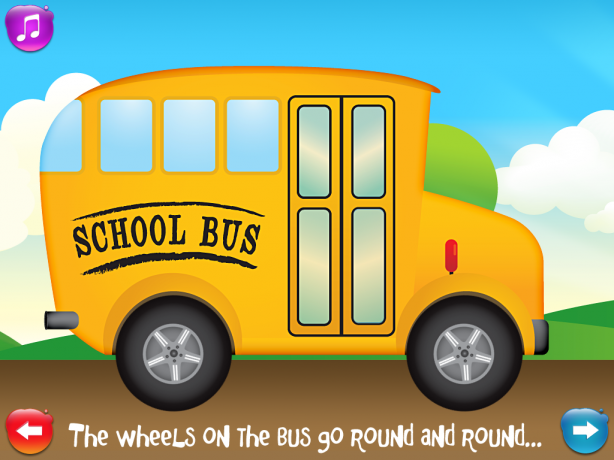 5yrs onwards. As you sing it with the child, you can also integrate hand motions for various verses in the song alongside gestures to teach the child about new things.
5yrs onwards. As you sing it with the child, you can also integrate hand motions for various verses in the song alongside gestures to teach the child about new things.
That, however, doesn’t mean you can’t sing the song to a one-week-old baby. You’re free to sing away to a child of any age, provided they love the song. However, older children aged 3 to 7 years might better relate to the song as they might have more worldly experience with buses or transport.
THE WHEELS ON THE BUS INSPIRED LESSON PLANS
All nursery rhyme songs aim to teach children new lessons as they grow. For that reason, there are several lessons plans you can use with these nursery rhymes.
The following is a selection of Lesson Plans that I have found inspired by the Wheels on The Bus Nursery Rhyme. Other websites host all the lessons, so you must click on the images to learn more and download their resources.
What Songs Share a Melody with Wheels on The Bus?The Wheels on the Bus shares a melody and tune with another nursery rhyme. We Go Round the Mulberry Bush. However, the former wasn’t originally sung in the same way as the latter.
We Go Round the Mulberry Bush. However, the former wasn’t originally sung in the same way as the latter.
That must have been a development that happened over the years to incorporate the new lyrics and make them enjoyable. Despite the two songs sharing the same tune, they aren’t the same. They have different lyrics and teach different lessons.
SHEET MUSICWhat Time Signature is The Wheels on the Bus Played In?
The Wheels on The Bus is sung in the 2/4-time signature. You can thus play it with any instrument if you like.
HOW TO PLAY THE WHEELS ON THE BUS ON A MUSICAL INSTRUMENT
The Wheels on the Bus is playable on many types of instruments. The instructional videos below should offer the proper guidance to play the song.
Songs for children Wheels on the Bus Wheels on the Bus Masha and the Bear TaDaBoom
TaDaBoom presents songs for children - a new children's song "Wheels on the Bus" ???? (Wheels on the Bus) with cartoon characters Masha and the Bear.
???? Lyrics:
The wheels are spinning by the bus,
Zhuh-zhuh-zhuh, zhuh-zhuh-zhuh.
The wheels of the bus are turning
All day.
And wipers wipe the windows
Whack-whack-whack, whack-whack-whack
And the wipers wipe the windows
All day.
The bus gives the buzz signal.
Bi-bi-bi, bi-bi-bi.
The bus gives the signal "beep".
All day.
On the bus baby wa-wa-wa,
Wa-wa-wa, wa-wa-wa
On the bus baby wah wah wah
All day.
And mother consoles "I'm with you"
I'm with you, I'm with you.
And mom consoles "I'm with you"
All day.
The wheels of the bus are turning,
Zhuh-zhuh-zhuh, zhuh-zhuh-zhuh.
The wheels of the bus
are spinning All day.
???? Lyrics:
The wheels on the bus go round and round
Round and round
Round and round
The wheels on the bus go round and round
All day long
The wipers on the bus go swish, swish, swish
Swish, swish, swish
Swish, swish, swish
The wipers on the bus go swish, swish, swish
All day long
The horn on the bus goes beep, beep, beep
Beep, beep, beep
Beep, beep, beep
The horn on the bus goes beep, beep, beep
All day long
The baby on the bus goes 'whaa whaa whaa'
Whaa whaa whaa
Whaa whaa whaa
The baby on the bus goes 'whaa whaa whaa'
All day long
The mommy on the bus says 'I love you'
I love you
I love you
The mommy on the bus says 'I love you'
All day long
The wheels on the bus go round and round
Round and round
Round and round
The wheels on the bus go round and round
All day long
Masha and the Bear present their music channel TADABOOM!
Here you will find songs for children and for the whole family, the best clips from the cartoon Masha and the Bear, karaoke, lullabies for the little ones, sleep music, educational videos and educational songs. With TADABOOM you will learn how to study perfectly, how to dance, how to learn to sing, how to read correctly and how to count quickly! Subscribe and watch the funniest educational videos on the TADABOOM channel!
With TADABOOM you will learn how to study perfectly, how to dance, how to learn to sing, how to read correctly and how to count quickly! Subscribe and watch the funniest educational videos on the TADABOOM channel!
Masha and the Bear present their music channel TADABOOM!
Here you will find songs for kids and for the whole family, best music clips from the cartoon Masha and the Bear, kids karaoke, lullabies, baby sleep music, nursery rhymes for children and educational videos for toddlers. TADABOOM will help you enjoy studying, dancing, singing and even learn to count! Subscribe to watch the best videos for kids on TADABOOM!
All songs from the cartoon Masha and the Bear
Karaoke! Karaoke songs for kids
Let's sing our favorite songs together????
Follow Masha on Instagram:
- Official website of Masha and the Bear
Masha and the Bear VKontakte -
Masha And The Bear Facebook -
Favorite songs and music videos from the series Masha and the Bear on the official TadaBum music channel.
Watch, enjoy and share with your friends!
All our music channels:
TaDaBoom English
TaDaBoom songs for children
TaDaBoom Ukraine
TaDaBoom Italy
Masha y el Oso Música úsica
Masha e o Urso Musica
Masha and the Bear is the most popular Russian animated series for the whole family, made in the style of 3D animation, which tells about the friendship between the former circus artist Medved and a little cheerful hooligan Masha, who does not let him get bored, but all the forest dwellers.
Favorite songs, music videos and nursery rhymes for kids from Masha and the Bear cartoon. TADABOOM is the official music channel for Masha and The Bear
With kindness and comedy at its heart, the show follows the adventures of a little girl Masha and her friend, The Bear. Their relationship is a metaphor of how a child interacts with the big world and how an adult can aid with this difficult task. Masha is a restless little girl who can hardly stand still due to her endless energy - everything she comes in contact with must be tried on! She's friendly beyond description and treats everyone as if she's known them for ages. Her curiosity and creativity lead to fun adventures. The cartoon became a hit for all around the globe due to its smart ability to entertain and educate both children and their parents. Although there's no such thing as direct teaching, Masha and the Bear educates children about real friendship, care, freedom of creativity and basic skills in a funny and smart manner.
Her curiosity and creativity lead to fun adventures. The cartoon became a hit for all around the globe due to its smart ability to entertain and educate both children and their parents. Although there's no such thing as direct teaching, Masha and the Bear educates children about real friendship, care, freedom of creativity and basic skills in a funny and smart manner.
#children's songs #masha and the bear #wheels on the bus
What is a differential, what is it for, and how does it work
- Main
- Articles
- What is a differential, what is it for, and how does it work
Author: Aleksey Kokorin
The differential as an automobile mechanism will soon celebrate its bicentennial anniversary, but its design has been improved over the years, but retained its key features. What is a differential and what role does it play in a car?
What is a differential and what role does it play in a car?
1. What is a differential?
A differential in a car is a mechanism that allows the transfer of power and, therefore, rotation from the gearbox to the wheels, dividing the flow of this power into two, for each of the wheels of one axle, with the ability to change the ratio of power transmitted to them, and , hence allowing the wheels to spin at different speeds. Simply put, the differential splits 100% of the power transmitted by the gearbox into two streams for each of the wheels on the same axle, and these streams can be redistributed depending on driving conditions from 50:50 to 100:0.
2. What is the differential for?
The main purpose of the differential is to allow the wheels to rotate on the same axle at different speeds while maintaining a continuous flow of torque. For a car, this is especially important in corners: after all, when driving in an arc, the wheels on the outside of the turn travel a longer distance than the wheels on the inside, which means they must rotate at a higher speed to maintain the stability of the car.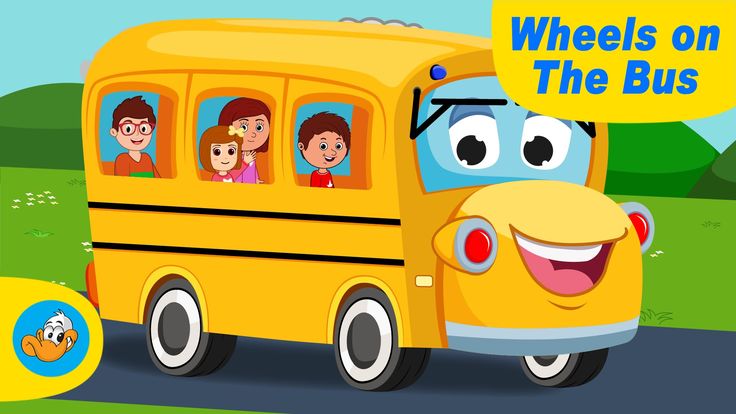
If the wheels on the axle are rigidly connected, then the inner wheel will slip during the turn. For a rear-wheel drive car, this increases the risk of skidding, and for a front-wheel drive car, it radically worsens the handling and control of the car in a turn. Thus, ensuring the free and independent rotation of the wheels on the same axis while maintaining the constancy of the transmission of torque to them from the engine has been one of the fundamental tasks since the creation of the car - and this task has been successfully solved.
3. How does the differential work?
The differential is a special case of a planetary gear. Physically, it is usually a set of four gears, the rotation of which is transmitted by the fifth - the driven gear of the main gear, combined with the differential housing, which acts as a carrier. The main gear is a set of two gears: the leading one receives rotation from the checkpoint and transfers it to the driven one. The driven gear of the final drive transmits rotation through the housing to the satellite gears, and they, in turn, are engaged with the sun gears rigidly fixed on the drive axle shafts of the wheels.
The driven gear of the final drive transmits rotation through the housing to the satellite gears, and they, in turn, are engaged with the sun gears rigidly fixed on the drive axle shafts of the wheels.
When the vehicle is moving in a straight line, the satellite gears are stationary and the speed of the final drive gear is equal to the speed of the sun gears: the wheels rotate at the same speed. In the turn, the satellite gears begin to rotate, providing a difference in the speeds of the sun gears and, consequently, the wheels on the outer and inner sides of the turn.
4. What are the disadvantages of differential?
The main disadvantage of the differential is at the same time its main advantage - the ability to transfer up to 100% of power to one of the wheels. Based on this, in conditions where one wheel has insufficient grip, the main part of the power will be transferred to it. Thus, sometimes even with one wheel on the surface with sufficient grip, the car cannot move.
Thus, sometimes even with one wheel on the surface with sufficient grip, the car cannot move.
To overcome this problem, various designs have been developed - differentials with increased internal resistance (so-called self-blocking) and differentials with forced locking, manual or automated. Depending on the design and purpose, they can either change the redistribution of power flow in favor of a wheel with good grip, or completely close the differential, forcing the wheels on the axle to rotate at the same speed. We will consider different types of such differentials in separate materials.
FAQ
New Articles
Articles / Popular questions Changes to the traffic rules for electric scooters of October 6, 2022: what has changed and when does it come into force Recently, we talked about what requirements are in the current traffic rules for those who ride electric scooters, and noted the imperfection of the legislation. After all, the drivers of most powerful e... 440 one one 10/12/2022
After all, the drivers of most powerful e... 440 one one 10/12/2022
Articles / Used cars 5 reasons to buy and not to buy Toyota Fortuner II “Impeccable car”, “phenomenal cross-country ability”, “shaky suspension, hard steering, the engine inside bellows like a buffalo”, “huge miscalculations in terms of comfort”, “comfortable handsome man”, “very ... 3997 2 one 09.10.2022
Articles / Practice Look into the kingpin: what is a kingpin suspension, how to maintain it and why to inject The word "pivot" today seems to someone as archaic as "zipun", "endova" and "batog".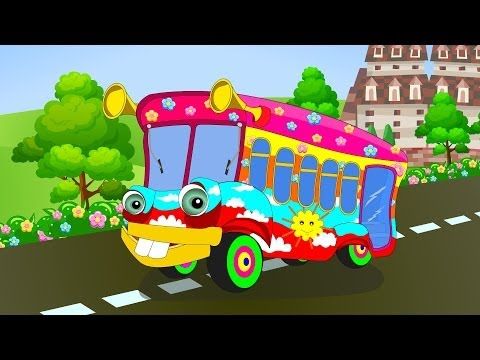 In fact, this is not so: the king pins have not left us yet, and it is likely that some will have to ... 1511 7 0 07.10.2022
In fact, this is not so: the king pins have not left us yet, and it is likely that some will have to ... 1511 7 0 07.10.2022
Popular test drives
Test drives / Test drive Haval Dargo vs Mitsubishi Outlander: the dog is barking, the stranger is coming In the Haval dealership in the south of Moscow, life is in full swing: buyers look at cars, communicate with managers and sign some papers. While I was waiting for the test Dargo, the same cross... 13144 7 170 13.09.2022
Test drives / Test drive Motor from Mercedes, emblem from Renault, assembly from Dacia: test drive of the European Logan 1.